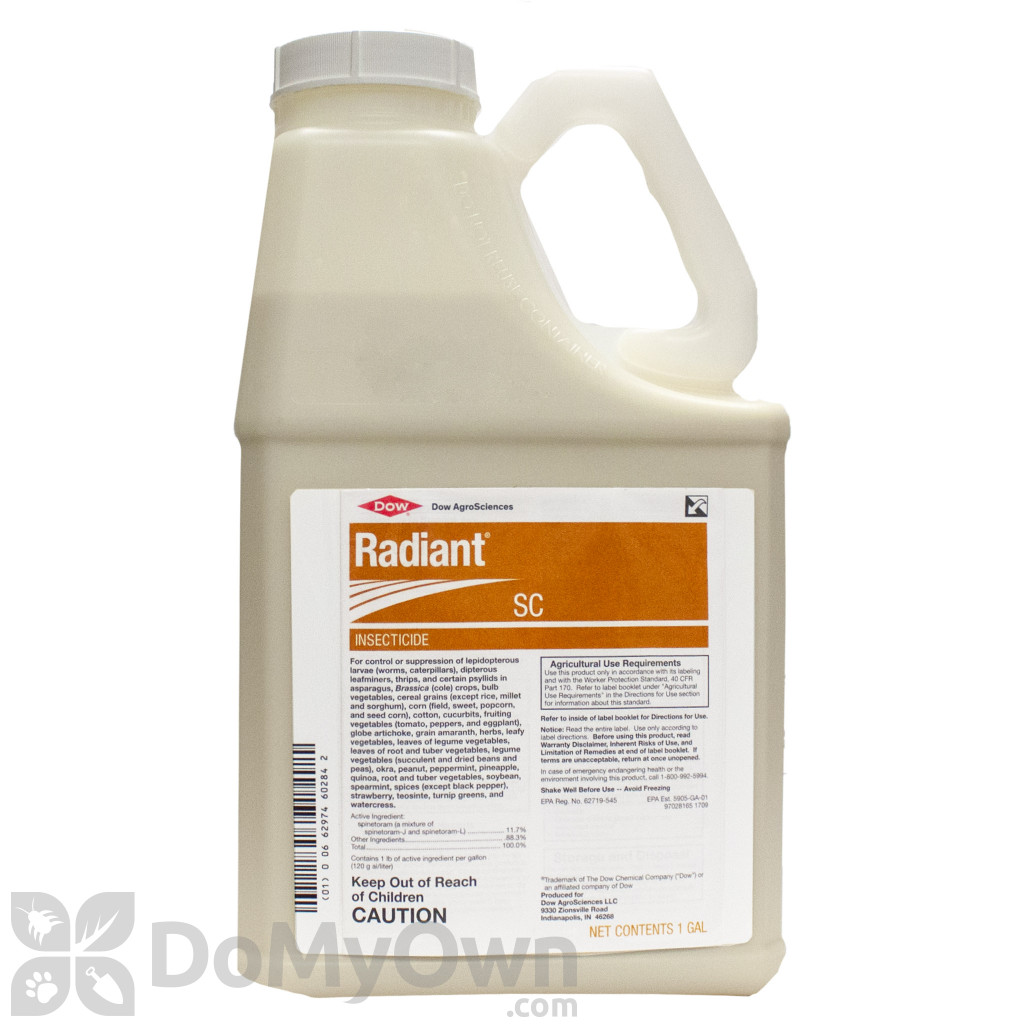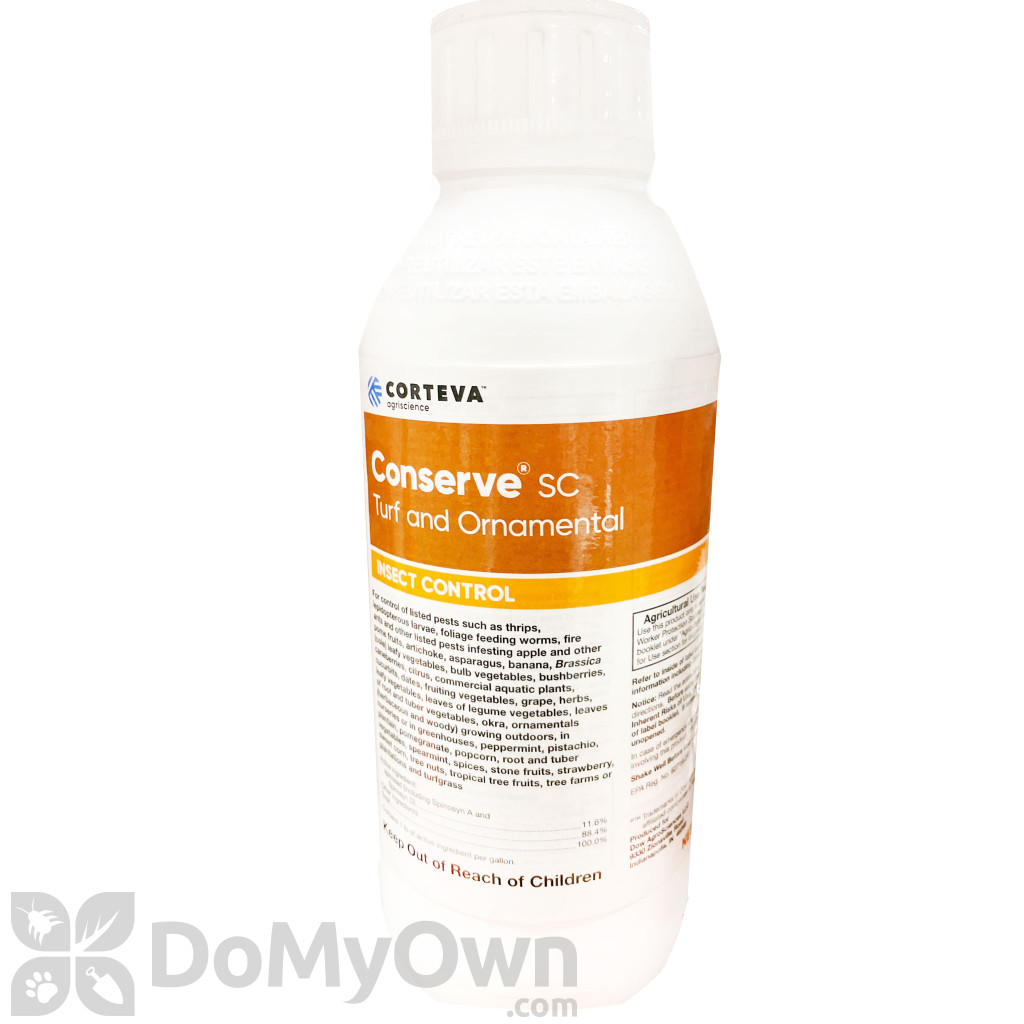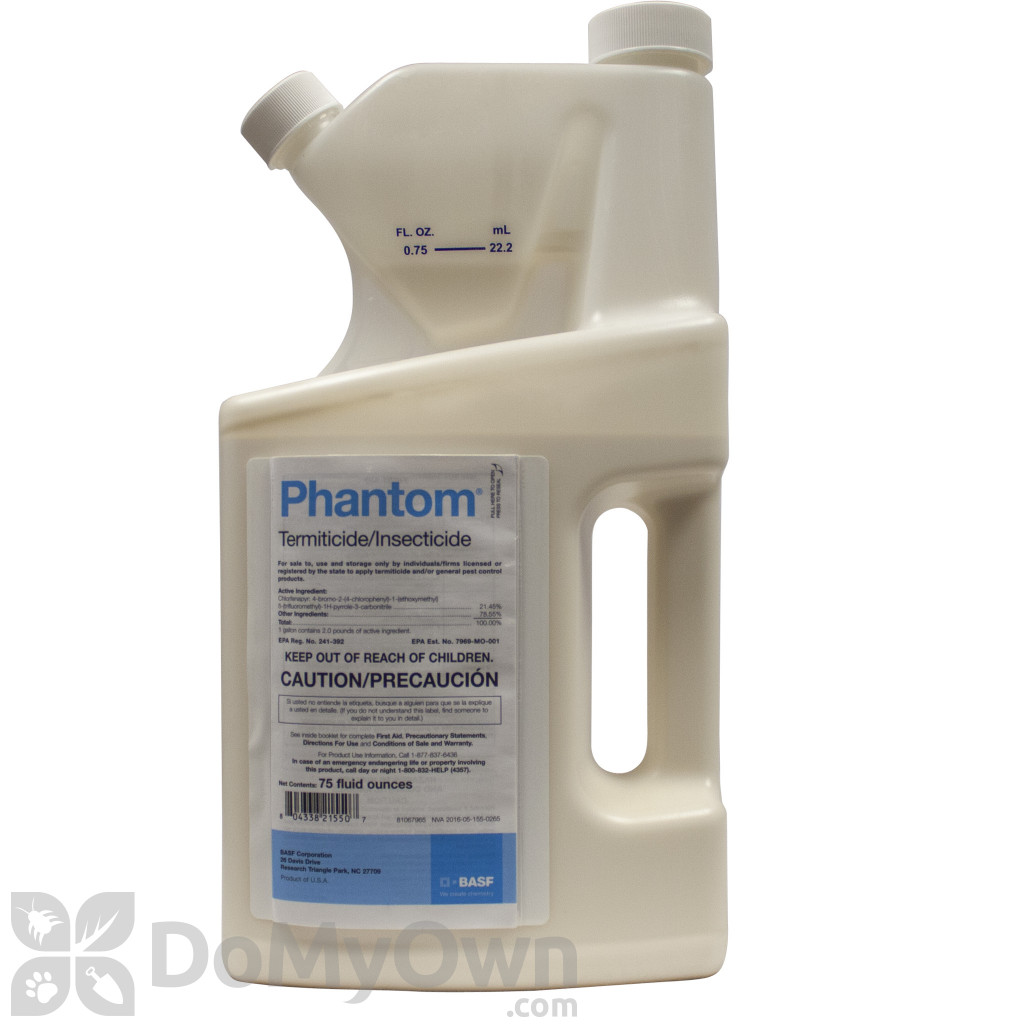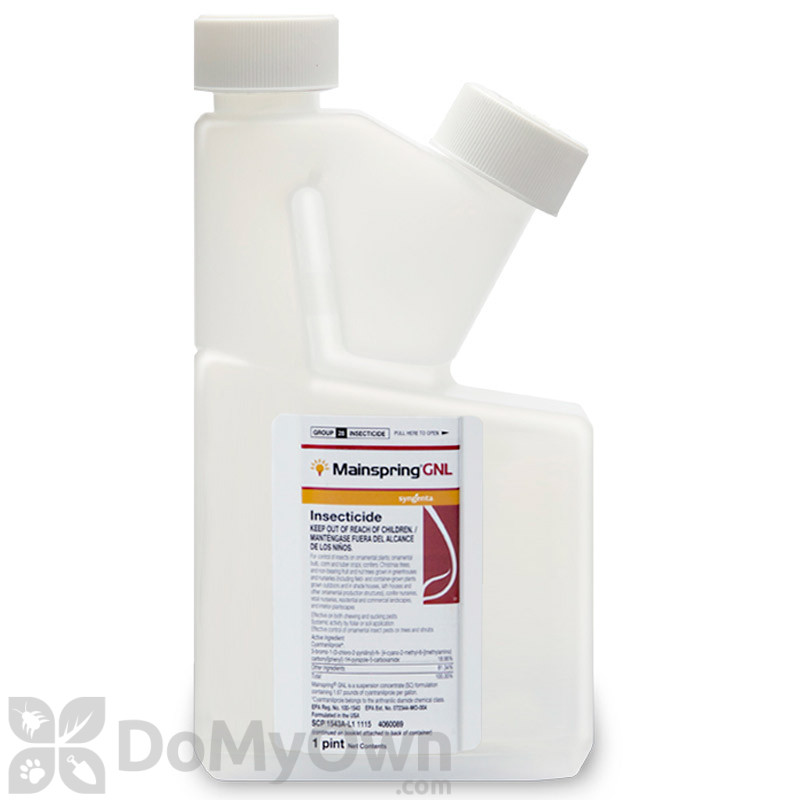They are around 1 mm in length.
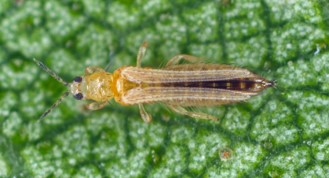
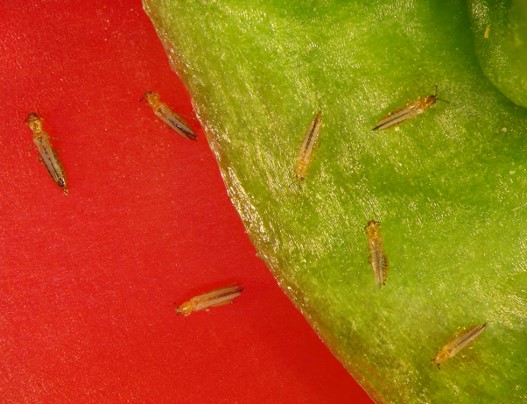
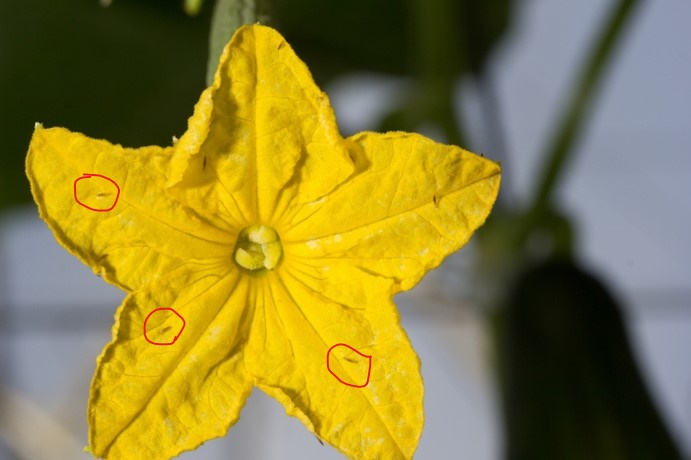
They are sucking the leaves fluids and scrubbing the leaves and fruits.
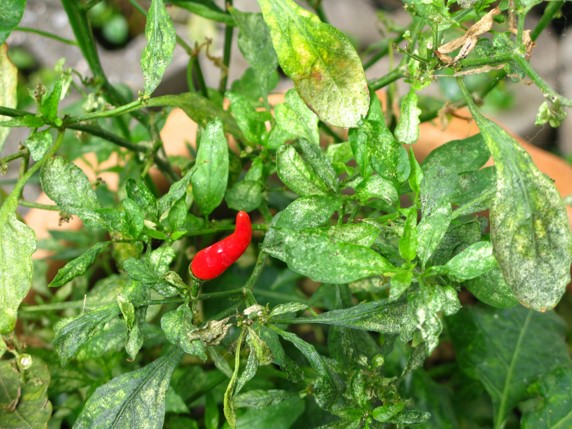
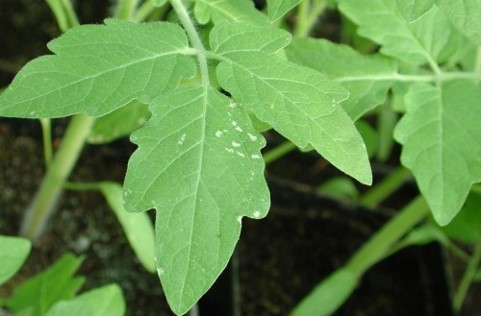
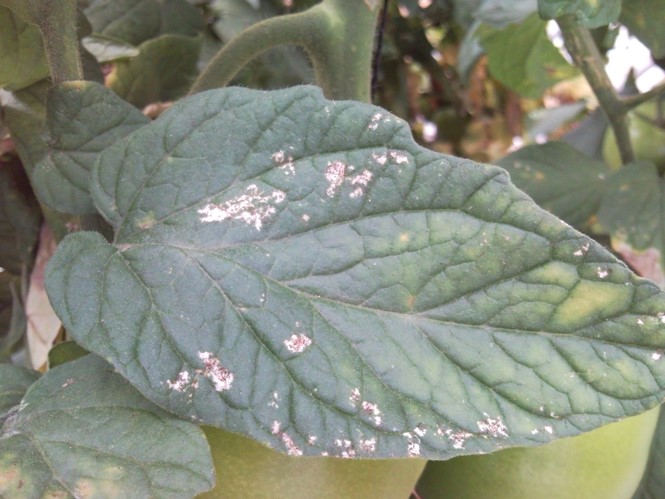
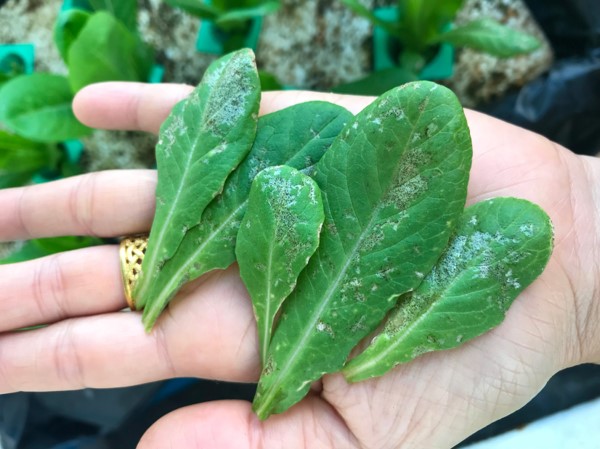
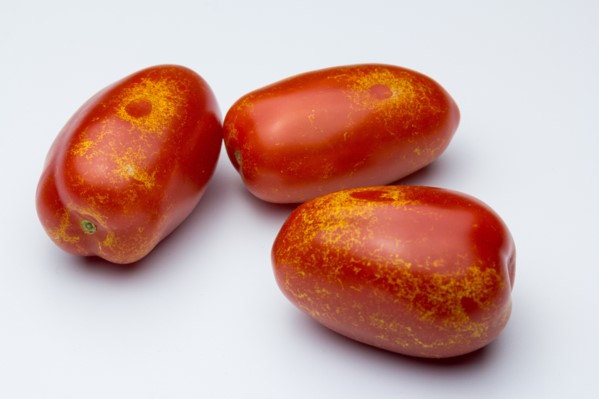
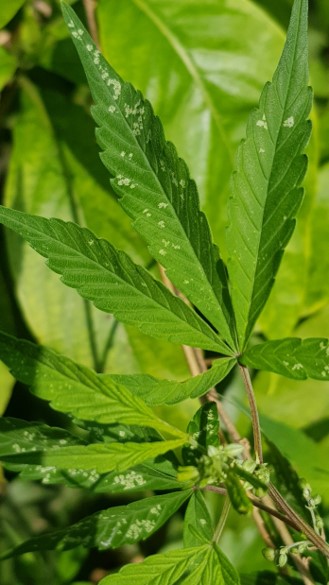
They can cause deformed fruits, especially cucumber,
as a result of eating the flower’s pollen.
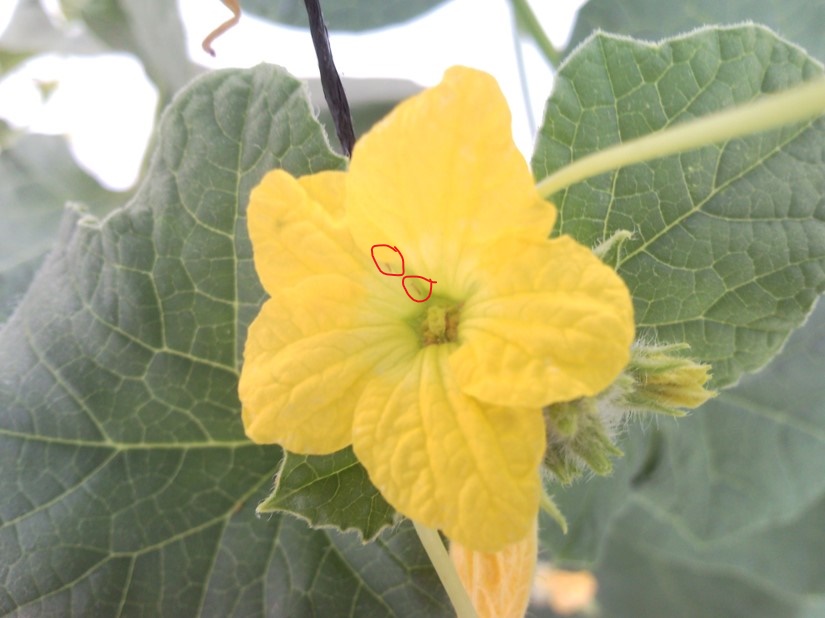
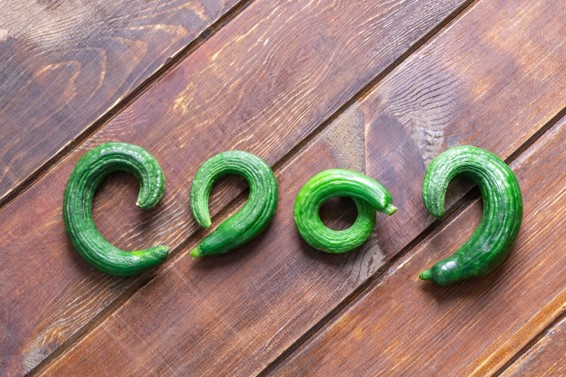
And can also transfer several viruses, especially in tomato and pepper.
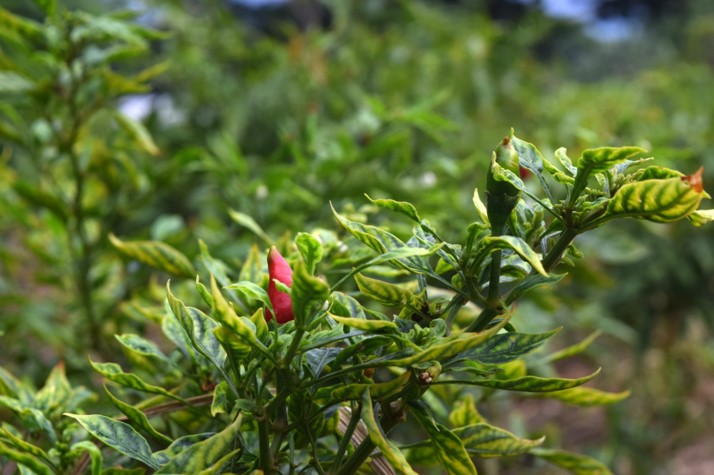
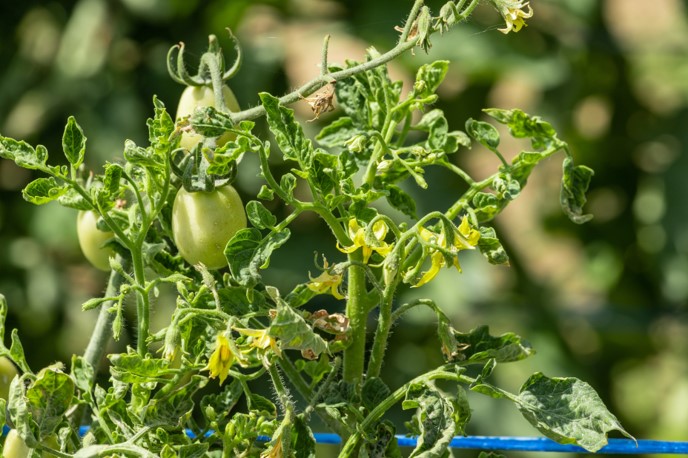
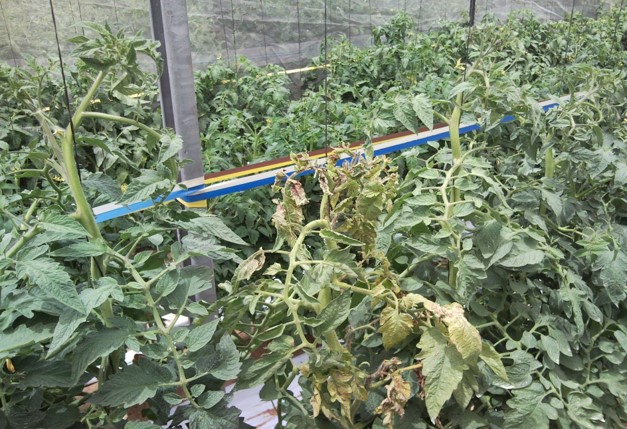
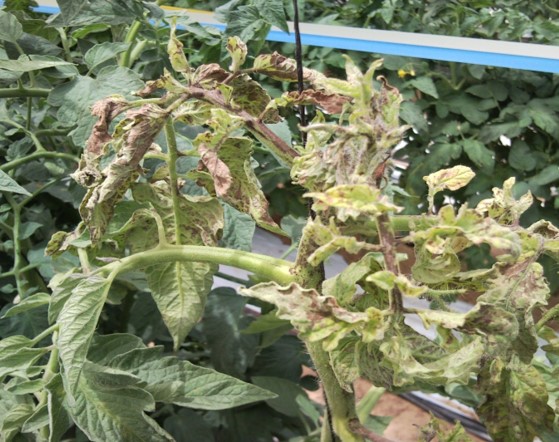
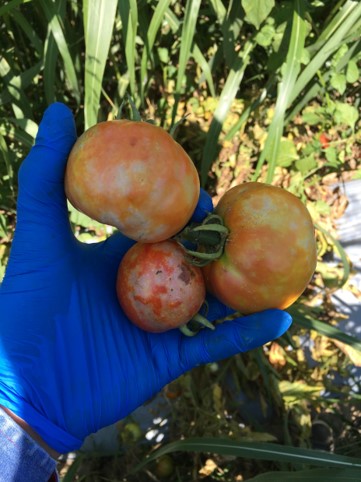
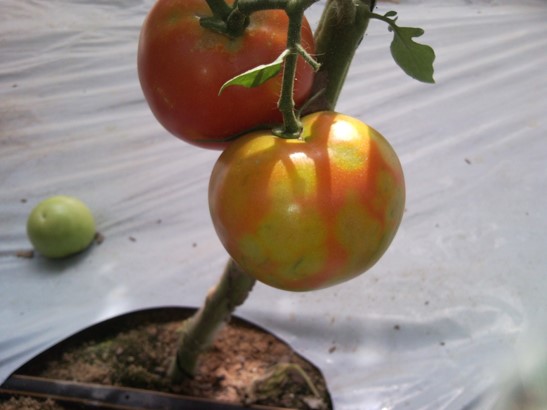
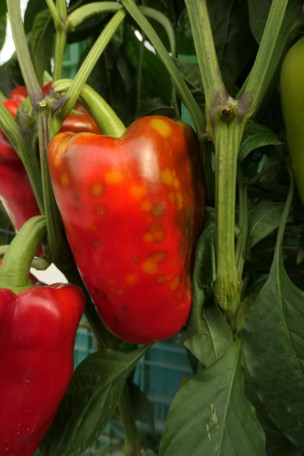
It is recommended to use at least 3 kinds of different pesticides,
and alternate between them every 4 days,
in order to overcome pest’s resistance, and completely exterminate them.
For further information about this, read this post , and this post also.
There are 3 ways to eliminate thrips: chemical, organic and biologic.
Chemical:
Best pesticides for thrips,
Active ingredients:
Organic:
Spinosad–
It’s a natural substance made by a soil bacterium, that can be toxic to insects.
It affects the nervous system of insects, that eat or touch it.
It causes their muscles to flex uncontrollably.
This leads to paralysis and ultimately their death, typically within 1-2 days.
Spraying Spinosad, mixed with neem oil, paraffinic oil, or mineral oil will increase lethality.
Some products are more expensive than others, due to a higher percentage of Spinosad inside, which is certainly better.
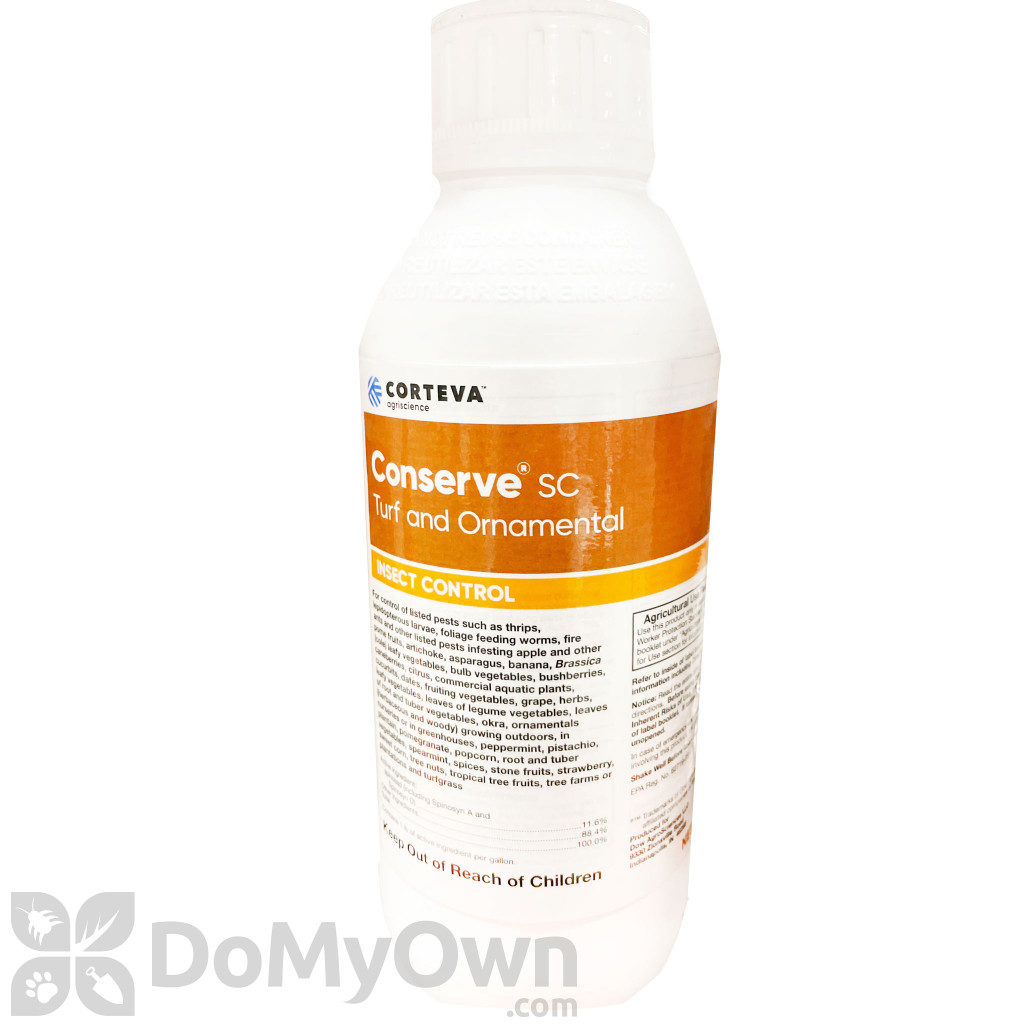
Isaria fumosoroseus-
Contains spores of the naturally occurring strain of the fungus Isaria fumosoroseus.
After germination of the spore, the fungus penetrates and proliferates inside its host.
It disrupts the host’s internal organs and initiates tissue necrosis.
This leads to lack of feeding, inactivity and eventually death.

Azadirachtin
Extracted from the neem tree, it is the active ingredient here.
Insects are repelled by it’s taste and smell, and it is also working as a molting/growth disruptor.
This insect growth regulator (IGR) disrupts the life cycle between larval, pupal and nymphal stages.
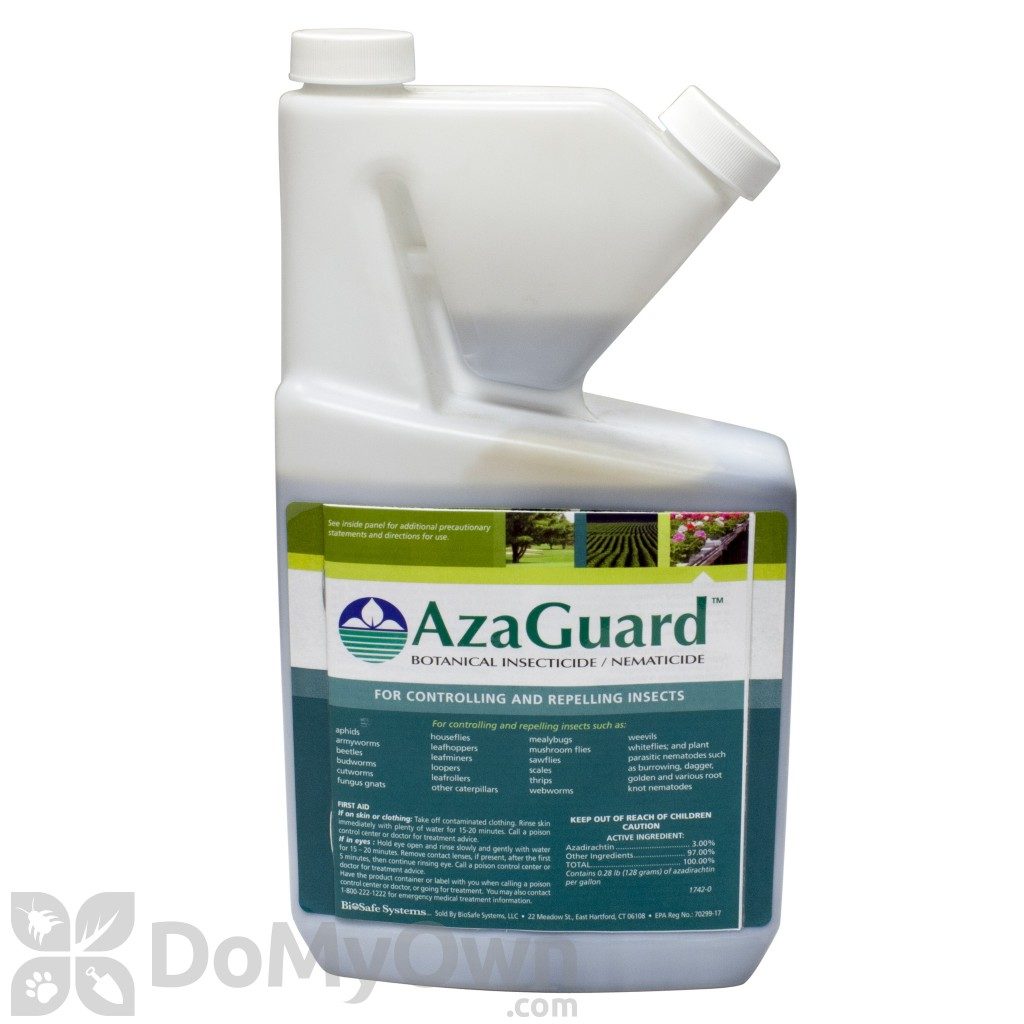
Beauveria bassiana
Live fungal spores for the control of soft-bodied insects in organic production.
Its spores adhere to the target insect’s outer shell, and begin the infection process.
At this point, you may notice insects with a whitish appearance.
Once the spores have breached the protective barrier of the outer shell, they continue to multiply until they reach the insect’s blood, which they begin feeding on.
Death occurs 7 to 14 days after infection.
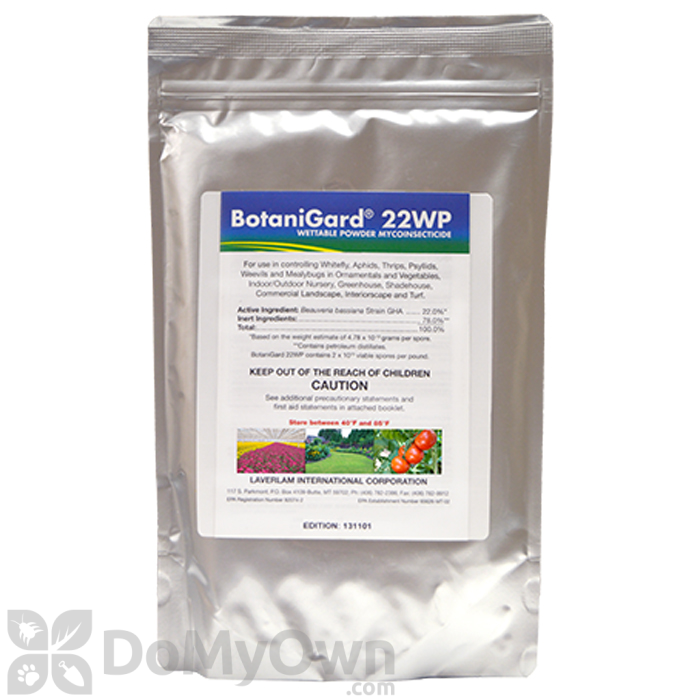
Neem oil
A naturally occurring pesticide, found in seeds from the neem tree.
Azadirachtin is the most active component here.
It reduces insect feeding and acts as a repellent.
It also interferes with insect hormone systems, making it harder for insects to grow and lay eggs.
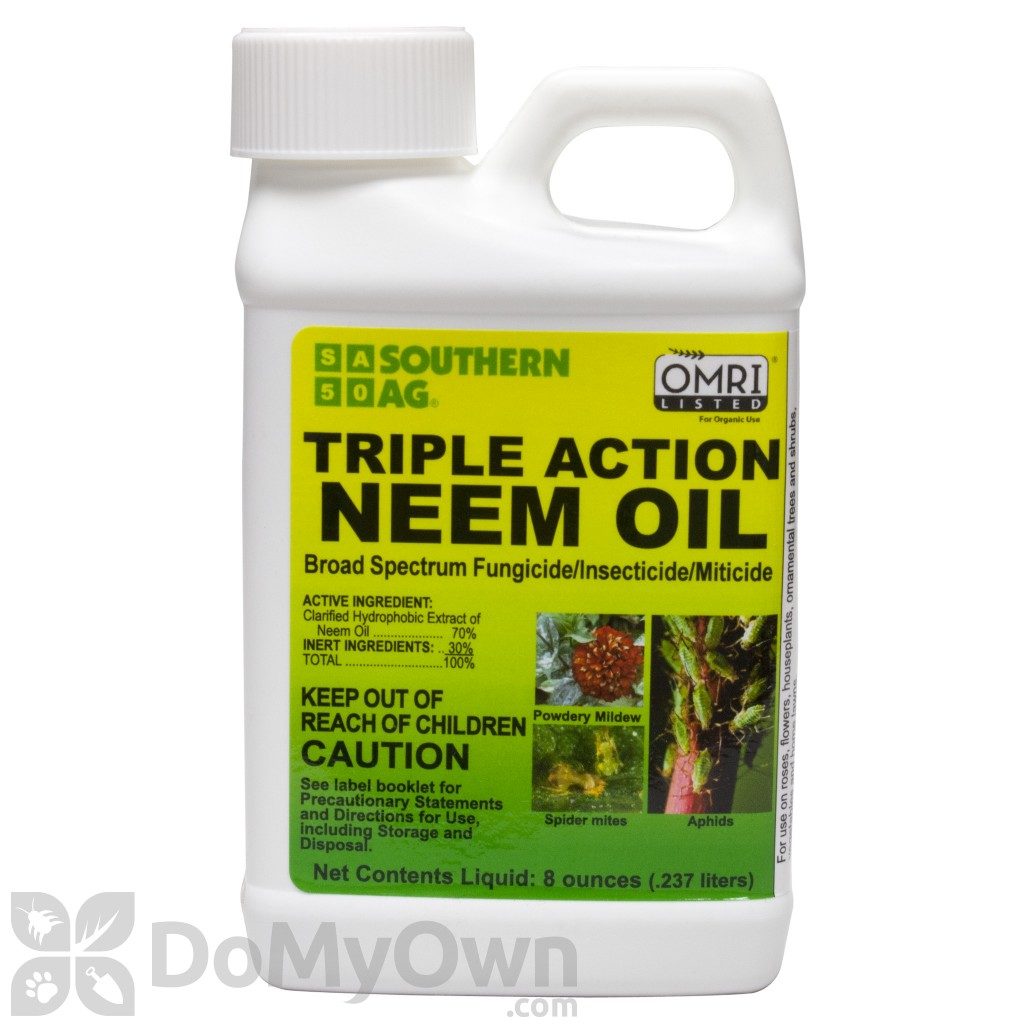
Potassium salts of fatty acids (insecticidal soap)
Adding potassium hydroxide to fatty acids, extracted from palm, coconut, olive, castor, and cottonseed plants, forms this active ingredient, which penetrates and disrupts the lipoprotein matrix of the insects’ cellular membranes.
The membrane disruption leads to evacuation of cellular contents, causing the cell to dehydrate and die.

Biological:
Neoseiulus cucumeris-

Adult predatory mites actively search for trips nymphs, and adults, and feed on their prey.
When it finds its prey, it pierces it with its mouth parts, and sucks out the contents.
They can destroy 2 – 3 thrips larvae per day, and also eat spider mites, honeydew and pollen.
They can be slow to establish 4-8 weeks under ideal conditions meaning they are best used for prevention, and low-level management of thrips infestations.
Control is often seen 3 weeks after release.
They will find alternate food sources in the absence of prey.
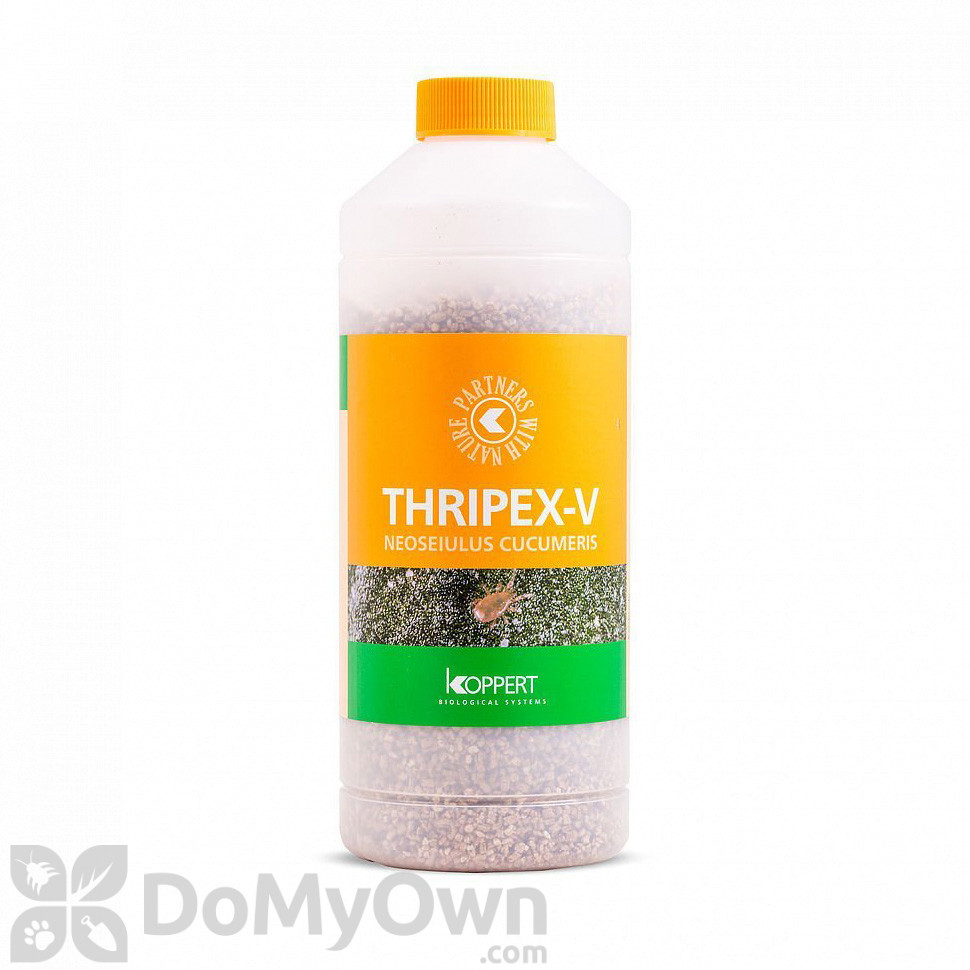
Orius insidiosus –

Voracious, oval predatory bug. Adult predatory bugs pierce thrips larvae, and adults with their sucking mouthparts and suck out the contents.
Moving efficiently throughout the infested plants, they will continue to kill even when they do not need to eat.
Adults and nymphs can also survive on pollen.
They reproduce quickly, completing a total life cycle in just 3-4 weeks, making them effective at handling serious infestations quickly.
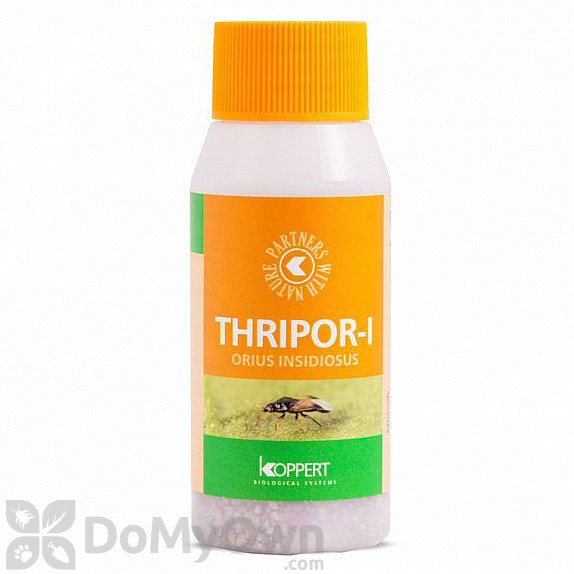
Steinernema feltiae –

Beneficial Nematodes are live microscopic organisms, (non-segmented round worms) that occur naturally in soil, throughout the world.
The nematodes enter the pest, and release a symbiotic bacterium into the body cavity.
These bacteria convert the larval tissue into a food source, on which nematodes feed, develop, and reproduce.
The host pest dies within a few hours to days after infection.
The Infected host turns yellow to brown or falls to the ground.
As the food resources within the dead pest become scarce, the nematodes exit and immediately begin searching for a new host.
As long as there is a suitable host, they will continue to survive and parasitize.
They should be mixed with water and sprayed directly into the soil or foliar.
Hose-end sprayers, and pump sprayers, work best, but nematodes can also be applied with a watering can, through irrigation, and fertigation systems, and into certain hydroponic media.
Apply in the evening or morning.
keep soil or foliar moistened for a few days.

You might also like these articles:
- Vegetables’ physiological problems
- Vegetable garden sprayer
- Tuta absoluta Moth: Prevention and Control Methods for Tomato and Eggplant Farmers
- Tomato plant diseases pictures
- Tomato pith necrosis
- The Ultimate Guide to Eradicating Spider Mites
- Systemic Pesticides
- Sweet Success: A Guide to Growing Juicy Strawberries in Your Garden
- Safety in spraying
- Protect Your Plants from Whitefly Infestation and Virus with These Tips!
- Pre spraying stages
- Nematode Ecology & Management in Agriculture


